The Evolution of Mario in Super Mario Odyssey
The Character Transformation of Mario in Super Mario Odyssey
In “Super Mario Odyssey,” released in 2017 for the Nintendo Switch, the beloved Mario embarks on a globe-trotting adventure across vibrantly designed kingdoms to rescue Princess Peach from Bowser’s clutches. This title marked a significant evolution in Mario’s character, gameplay mechanics, and design, building on his rich history while adopting new, groundbreaking features. Now, we delve deeper into how Mario has transformed in “Super Mario Odyssey” and what makes it a standout entry in the franchise.
From Pixels to Polygons: Mario’s Visual Evolution
Mario’s evolution in “Super Mario Odyssey” is strikingly visible in his graphical design. Since debuting in “Donkey Kong” in 1981 as a pixelated hero, Mario has evolved into a detailed 3D character. The high-resolution graphics of the Nintendo Switch allow players to perceive Mario with more sophistication. Attention to detail is evident in his clothing, where textures of denim and stitching are realistic, and his iconic red cap with the “M” symbol has depth and dynamism, thanks to advanced rendering techniques. The environments Mario explores are equally exceptional, providing a vast array of atmospheres that contrast previous linear level designs.
Cappy: Redefining Mario’s Abilities
A pivotal evolution comes with the introduction of Cappy, Mario’s sentient hat companion. Cappy allows Mario to “capture” and take control of various objects, creatures, and enemies, transforming gameplay mechanics fundamentally. This new ability effectively expands Mario’s skill set beyond traditional jumping and power-up mechanics. Cappy’s role allows for diverse gameplay styles and strategies, providing players with the freedom to approach puzzles and enemies uniquely. This innovative feature enables greater interactivity and creativity in problem-solving within the game’s open-world environments.
Open-World Exploration: A New Frontier
“Super Mario Odyssey” embraces open-world exploration, revolutionizing how players perceive and interact with Mario’s universe. Unlike the contained levels of past installations, Odyssey offers sprawling, sandbox-like kingdoms, each with its distinct aesthetic and challenges. Locations such as New Donk City in the Metro Kingdom showcase Mario in environments reminiscent of real-world cities, blending realistic architectural designs with Mario’s whimsical charm. These expansive worlds encourage players to explore at their own pace, rewarding curiosity with secret areas, collectibles such as Power Moons, and new gameplay experiences.
Cultural Influences in Kingdoms
The developers of “Super Mario Odyssey” draw inspiration from global cultures, enhancing the game’s appeal and depth. The Sand Kingdom, with its Mexican-inspired theme, features cultural motifs and vibrant colors. Meanwhile, the Luncheon Kingdom’s Italian culinary influence is seen in its food-themed landscape. This effort to incorporate diverse cultural elements not only enriches the visual diversity of the game but also invites players to appreciate various cultural references creatively embedded in the game’s design.
Enhanced Storytelling and Engagement
In “Super Mario Odyssey,” storytelling achieves new levels of engagement and emotional depth. While the core narrative of rescuing Princess Peach remains, the game includes additional layers of storytelling through its vibrant worlds and varied inhabitants. Interaction with non-playable characters (NPCs) and completing side quests add richness to the storyline. These character interactions provide humor, surprise, and endearment, further immersing players within Mario’s adventure.
Customization of Mario’s Appearance
A delightful evolution in “Super Mario Odyssey” is the ability to customize Mario’s appearance. Players can outfit Mario in numerous costumes obtained throughout the game, ranging from a pirate outfit to a sleek tuxedo. This customization adds a playful element and extends the game’s replayability, allowing players to express themselves and adjust Mario’s appearance to match the environment or their personal style.
Reinventing Musical Scores
Music continues to play an integral role in shaping the emotion and excitement in Mario’s adventures, and “Super Mario Odyssey” is no exception. The game features orchestrated scores that dynamically shift to match the environment, situation, and action on-screen. Iconic tunes like “Jump Up, Super Star!” provide a joyful anthem with a catchy, big-band flair that resonates beyond the game, becoming a cultural touchstone for fans.
Mario’s Influence on Modern Gaming
“Super Mario Odyssey” not only represents a landmark in the evolution of Mario but also sets a benchmark for modern platform games. Its seamless integration of classic gameplay elements with innovative features like Cappy, combined with open-world exploration, positions it as a blueprint for future game design. Furthermore, the successful fusion of nostalgia and innovation appeals to both longtime fans and newcomers, ensuring Mario’s relevance in the ever-changing gaming landscape.
Technological Advances and Performance
From a technology standpoint, “Super Mario Odyssey” showcases the computational power and capabilities of the Nintendo Switch. The game’s smooth performance and lack of loading screens enhance the immersion, making transitions between areas seamless. Advanced physics and AI add to the game’s realism, particularly in creature behavior when captured by Mario through Cappy, illustrating Nintendo’s expertise in optimizing hardware capabilities to produce visually and functionally superior gaming experiences.
“Super Mario Odyssey” is more than a game; it’s a celebration of Mario’s journey through decades of gaming—an embodiment of Nintendo’s pioneering spirit. The evolution of Mario in this title highlights how characters and franchises can adapt and grow while staying true to their origins, crafting experiences that are both fresh and nostalgic.
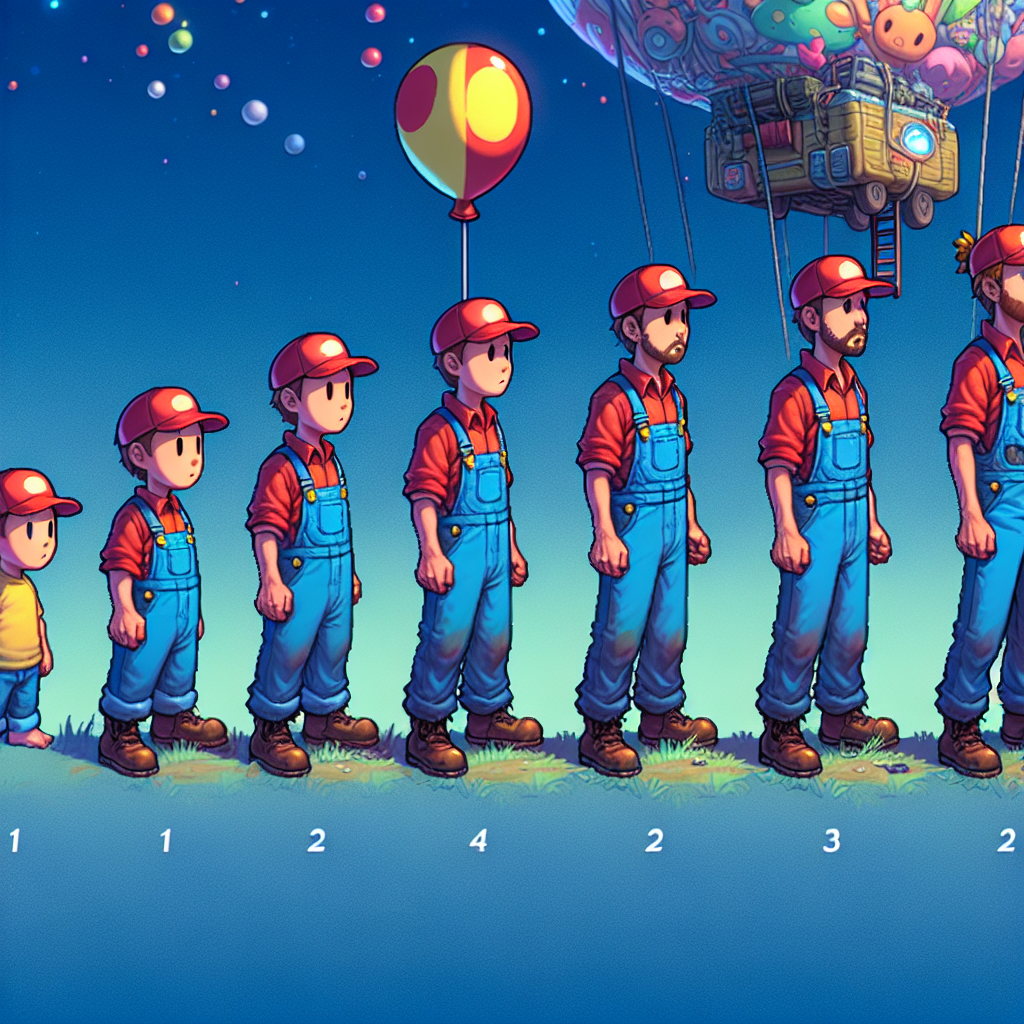
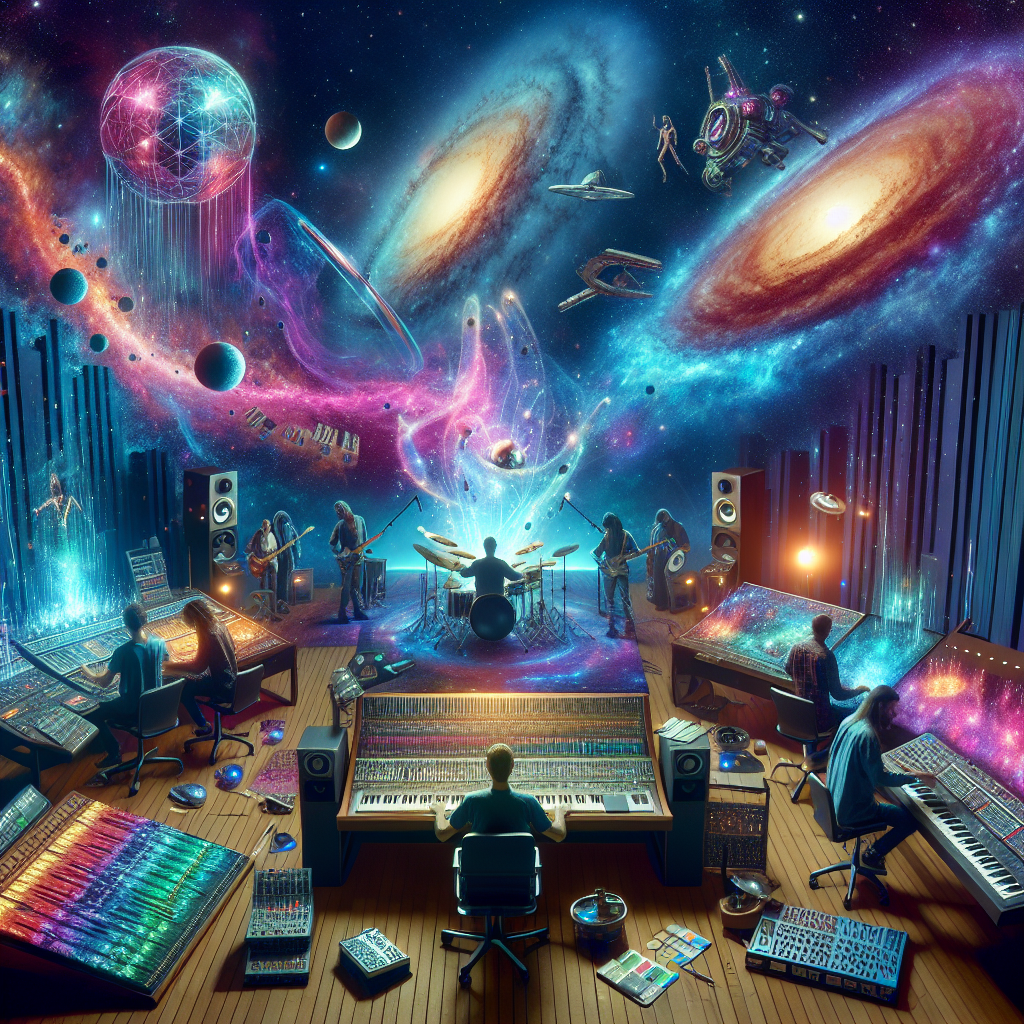
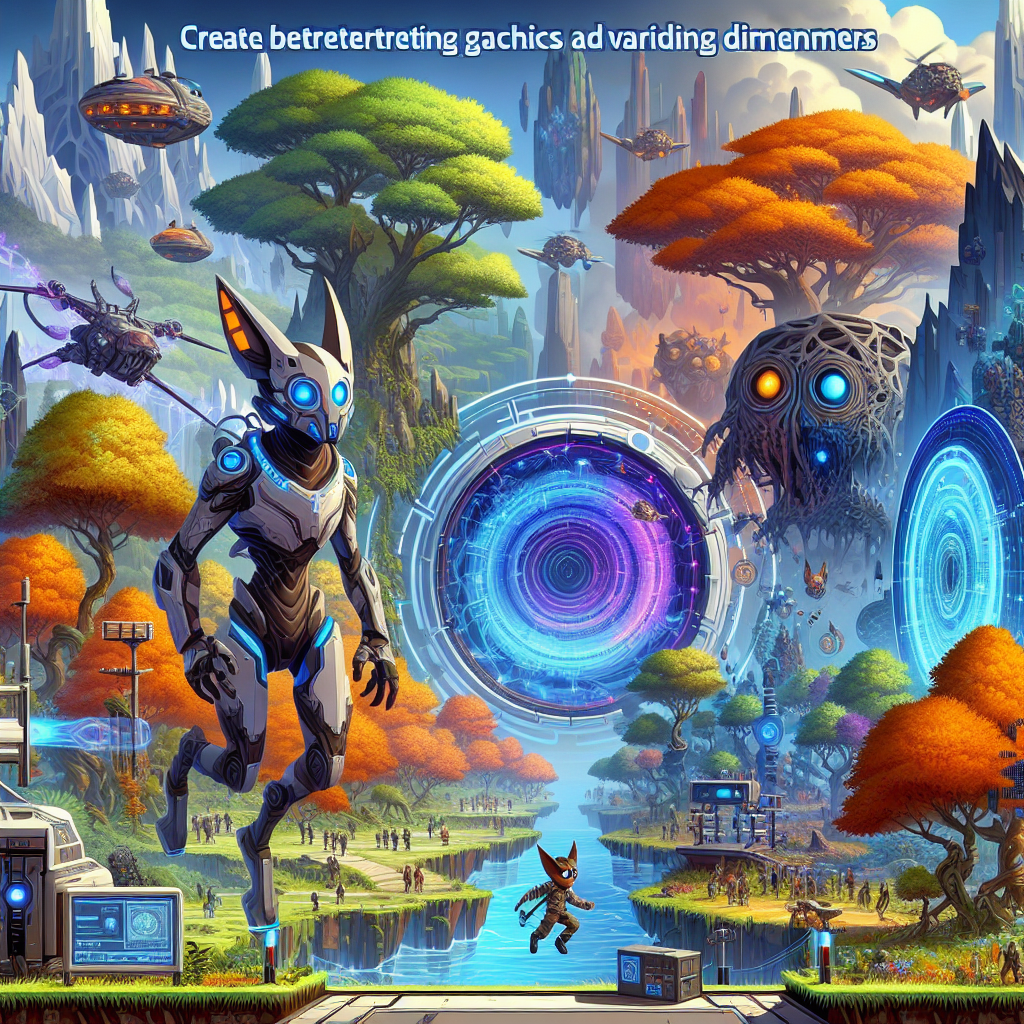



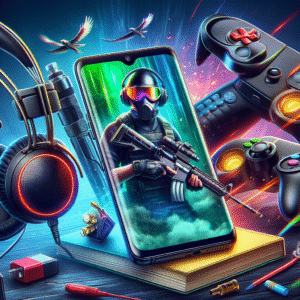

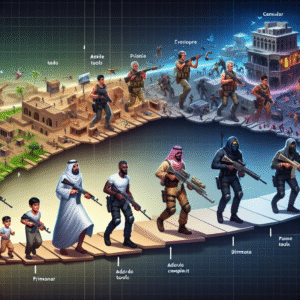
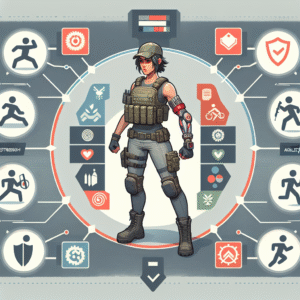
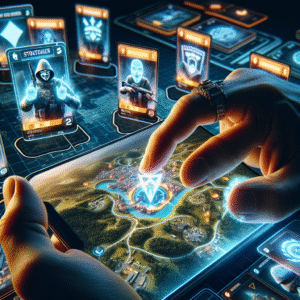

Post Comment